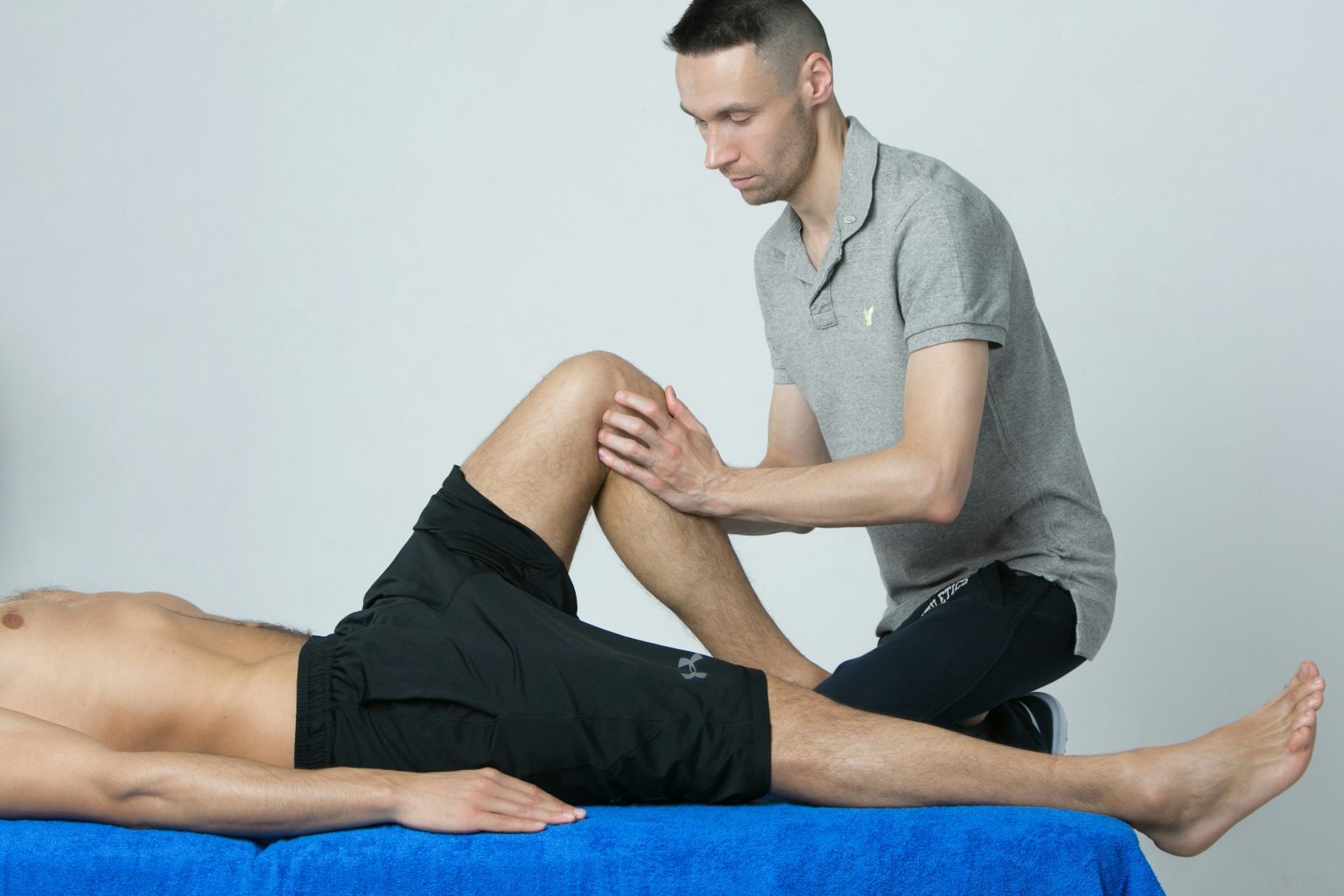After an accident, many people assume once the visible damage (bruises, swelling, broken bones) heals, life returns to normal. But the truth is, internal misalignments, soft tissue injuries, and nerve irritation can linger long after the “worst” seems over. Without proper care, those hidden injuries often evolve into chronic pain that affects movement, sleep, mood, and overall quality of life.
This is where chiropractic care stands out—it doesn’t just target the symptom, but works to restore balance in the body. By addressing misalignments (sometimes called subluxations), improving joint mobility, and reducing nerve irritation, chiropractic treatment aims to prevent the “aftershocks” of trauma from turning into permanent issues.
Early Intervention Helps Shift the Trajectory
One of the most important factors in preventing chronic pain is timing. The sooner chiropractic care begins after an accident, the better the chances of avoiding lingering damage. Gentle adjustments, mobilizations, and soft tissue techniques can minimize scar tissue formation, ease inflammation, and encourage proper motion while healing is still fresh.
Many patients report that early sessions help with stiffness, residual soreness, and restricted mobility. By keeping tissues supple and joints aligned, chiropractic care helps the body adapt and recover more gracefully, rather than settling into compensatory patterns that can cement into long-lasting problems.
Addressing Compensations and Secondary Injuries
Accidents often cause the body to shift weight or posture to protect the injured area—walking unevenly, favoring one side, tightening muscles. These compensations carry their own risks. Over time, the “good” side can suffer wear and tear, muscles become imbalanced, and joints may degenerate prematurely.
A skilled chiropractor can spot those compensatory patterns and treat them before they worsen. Through targeted adjustments, rehabilitative exercises, and guidance on posture and movement, chiropractic care helps the entire musculoskeletal system rebalance. This holistic approach is key to preventing what starts as a local injury from spreading into more widespread pain.
Sustaining Progress With Maintenance and Support
Recovery doesn’t end when the pain subsides. Without ongoing care, old habits or slight misalignments can creep back in unnoticed. A maintenance approach—less frequent checkups, periodic assessments, and ongoing mobility work—helps sustain progress and catch small issues before they balloon.
Chiropractic offices often integrate supportive therapies—stretching, strengthening, manual therapy, lifestyle advice—to give patients tools to stay aligned. This continuity of care means fewer flare-ups, better resilience, and a lower chance of falling back into chronic pain.
Restoring Quality of Life Through Movement
At its core, chiropractic care is about restoring freedom—freedom to move, breathe, sleep, and live without constant pain tugging at you. Many who’ve recovered from accident injuries via chiropractic report not just reduced pain, but greater ease in daily routines: climbing stairs, carrying groceries, getting out of bed, or playing with loved ones.
It’s not just correction—it’s reclaiming life. When movement becomes less of a battle and more of a joy again, the emotional and mental relief that follows is just as powerful as the physical gains.
Conclusion
Accidents don’t always leave obvious marks, but their impact can echo for years in the form of chronic pain. Chiropractic care offers a path out of that cycle by addressing misalignments, reducing compensatory stress, and guiding ongoing recovery. The combination of early intervention, holistic treatment, and long-term support helps many people avoid the trap of lingering pain.
For those seeking real-world chiropractic support after trauma, clinics such as AFC Physical Medicine & Chiropractic provide structured care to guide you from injury to restoration—and keep you moving forward, not stuck in pain.


